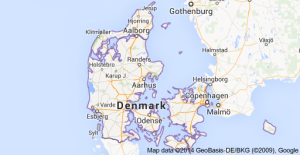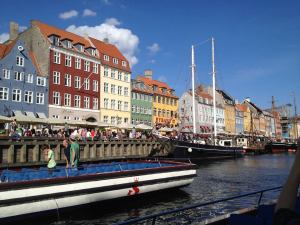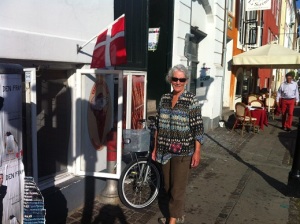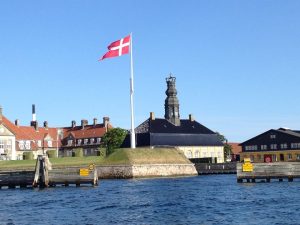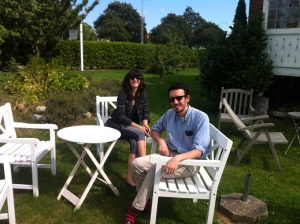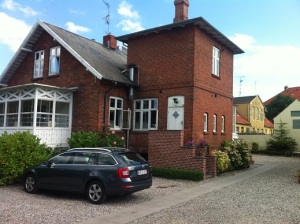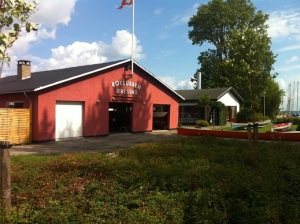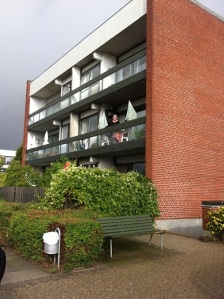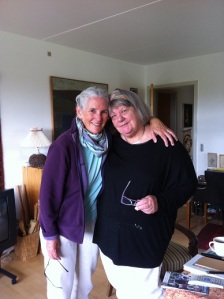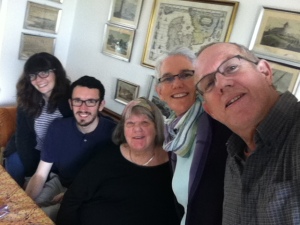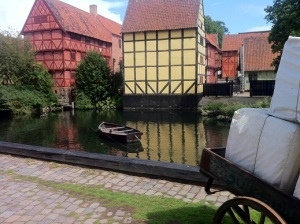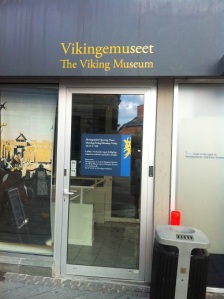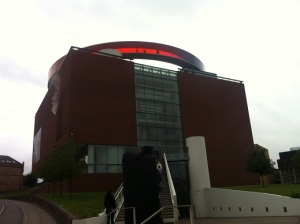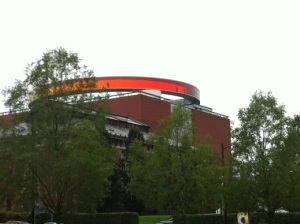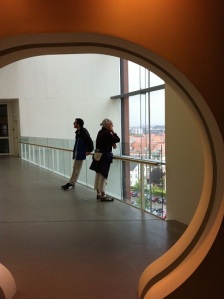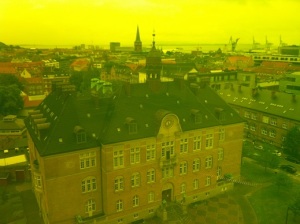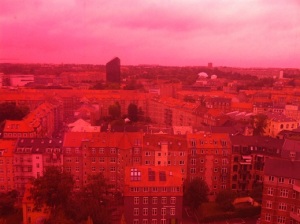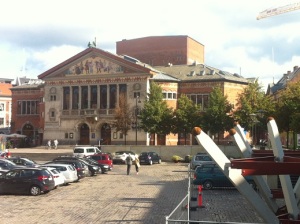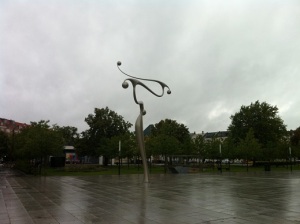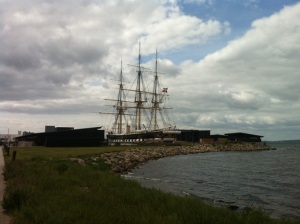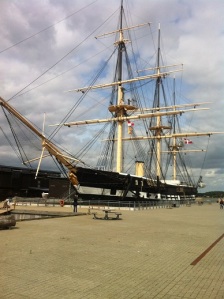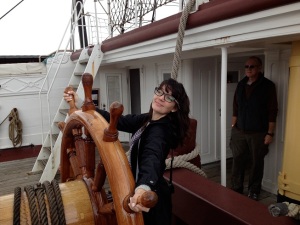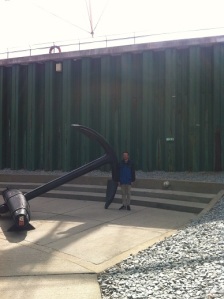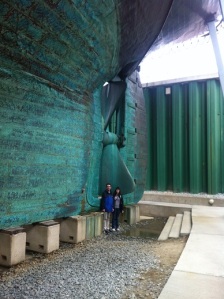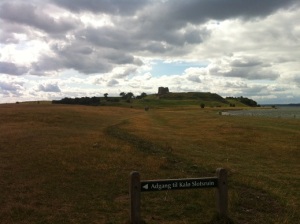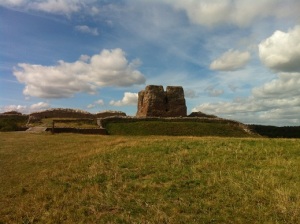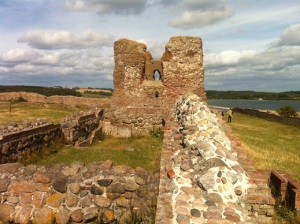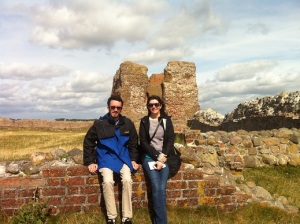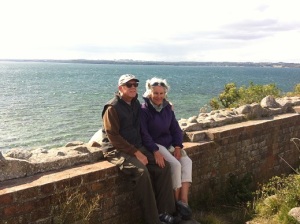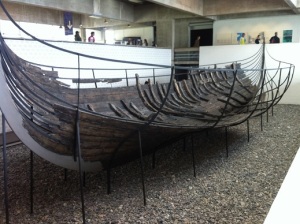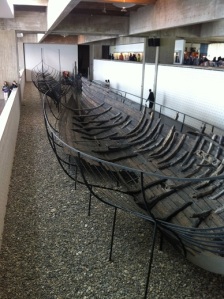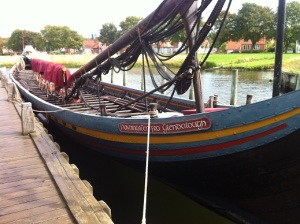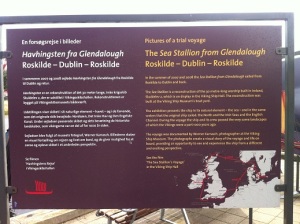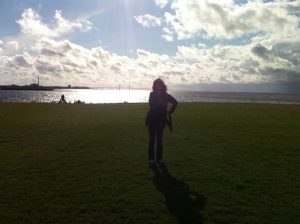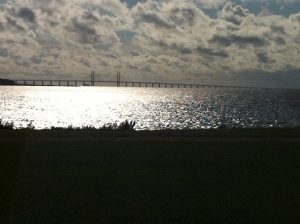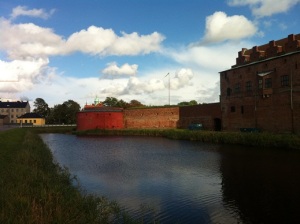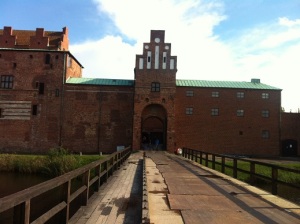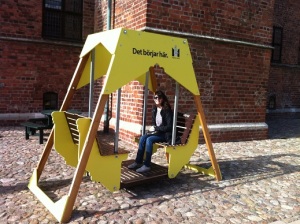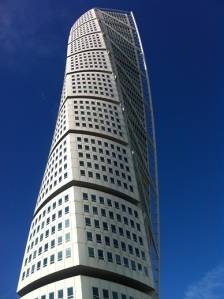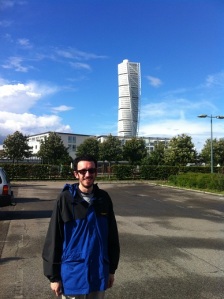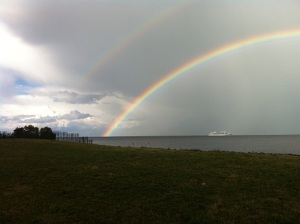Denmark
Nancy and I went to Denmark last week and met Krista and Sean at the airport in Copenhagen. They both were able to take a week off from their jobs and flew non-stop direct from San Francisco on SAS. We flew from Casablanca to Copenhagen with an overnight stop in Lisbon on TAP Airlines, the Portuguese carrier. The closest major airport to Kenitra is in Casablanca. It’s a two hour train ride to Ain Sebaa station, then a transfer to another one hour train that goes to the Mohammed VI International Airport.
The Casablanca airport was packed with travelers. There were no US airlines evident on the arrival and departure display board. The boarding process was “moroccan style”. The announcement was made that the plane was boarding and people rushed to crowd into an already formed line. Not much different than getting on a crowded bus. No orderly boarding by rows here. The Lisbon airport was a pleasant experience. In fact, the entire 24 hours in Lisbon was very enjoyable. I remember that the last time we were in Portugal, we really liked the people and the country.
We stayed at the Ocean Hotel in Kastrup, a short 20 minute walk from the airport. It’s a nice place in an 1880’s house that the owner/manager, Tine, converted into a nine room B & B five years ago. Tine has lived next door for the past 40 years and knows the area well. We never heard any planes land or taking off due to the runway location and wind direction.
Copenhagen is on the island of Zeeland. It is connected by bridge to the island of Fyn which then is connected by bridge to the Jutland peninsula. After Krista and Sean arrived we spent one more night at the Ocean Hotel. The following morning, we drove east to Odense, on Fyn and stopped at the Hans Christian Andersen Museum. That afternoon we drove north on the Jutland peninsula to the city of Aarhus. Aarhus is a charming city with lots of character and many more things to do and see than we had time for during our short visit. We stayed with Kirsten, a longtime friend of Nancy’s family from when Nancy was born in Copenhagen. At the end of the week, we returned to Zeeland by ferry from Aarhus to Odden. Odden is on the tip of a very narrow peninsula on the northwest corner of Zeeland. It’s a beautiful area with farms and traditional Danish buildings.
Copenhagen
– Nyhaven is a 17th century waterfront and canal built by King Christian V from 1670 to 1673 and dug by Swedish war prisoners. It is a narrow channel from the sea to the old inner city at Kings Harbor where ships handled cargo and fishermens’ catch. Danish author Hans Christian Andersen lived at Nyhaven for 18 years.
Ocean Hotel
The garden outside the hotel.
Our car for the week, a Skoda Octavia manufactured in the Czech Republic, outside our hotel. We really liked this car.
Oar Hus kayak storage building nearby.
Odense
– Hans Christian Andersen Museum
http://museum.odense.dk/en/museums/hans-christian-andersen-museum
He lived here as a boy and the city of Odense is proud of it. Everything you would like to know about HCA is in this museum. He traveled extensively thoughout his life, one time staying with Charles Dicken’s family in London for a month. Dicken’s daughter said that Andersen was a bore and couldn’t wait for him to leave. Dickens said that Andersen’s command of English was terrible and wondered if Andersen could speak Danish very well. However, Andersen said that he had a great time at the Dicken’s home and regretted having to leave.
Aarhus
– from Wikipedia
“Aarhus is one of the oldest towns in Denmark, with settlements dated to the late 8th century and a bishopric from at least 948. By the end of the Middle Ages, it had also grown to become one of the largest towns in the country. Trading and seafaring continued to flourish until the 1570s, when growth stagnated. Grain exports initiated a new period of prosperity in the mid-18th century. Factories of various types were established and, from 1810, the harbour was expanded. Regular steamship links with Copenhagen began in 1830, and Jutland’s first railway was established in 1862 from Aarhus to Randers.
While Aarhus became an important railway hub, the harbour provided a sound basis for seafaring and commerce, initiating significant industrial growth in the city in the second half of the 19th century, soon making it Denmark’s largest provincial city. With the establishment of Aarhus University in 1928, the city continued to grow, becoming the most important business centre in Jutland by the 1950s. During World War II, the Gestapo had their Danish headquarters in the city and kept their archives there until they were destroyed during a raid in October 1944. Today Aarhus is Denmark’s second most important centre of research and education, and the electronics and metallurgy sectors have also continued to expand.”
Kirsten’s apartment.
Nancy and Kirsten.
– Den Gamle By / Old Town
http://www.dengamleby.dk/the-old-town
– Viking Museum
A Viking site from around 900 discovered 3 meters below ground during excavations for the Nordea bank building in 1960. It is accessible from this door on the side of the bank. Each step down the stairs is marked with the corresponding year of that level.
– Aros Art Museum
http://en.wikipedia.org/wiki/ARoS_Aarhus_Kunstmuseum
Views from the circular roof rainbow platform
Aarhus Theater
Ebeltoft
Ebeltoft is on the other side of the bay from Aarhus.
– Frigate Jylland
Jylland is one of the world’s largest wooden warships and is both a screw-propelled steam frigate and a sailship. She was built in 1860 and was engaged in naval action during 1864. In the 1890’s she was reduced to stationary use and was almost scrapped in 1908. At one point, she sank in the Copenhagen harbor but was later raised. She was towed to Ebeltoft in 1960 and placed in dry dock in 1984 at which point restoration began. Now fully restored with 60 % of her timber replaced, she is an interactive museum.
http://en.wikipedia.org/wiki/Danish_steam_frigate_Jylland
– Fregatten Jylland
http://www.fregatten-jylland.dk/
– Kalo Castle ruins
King forced peasants to build castles
– by Mette Svart Kristiansen
New taxes were no less popular in the Middle Ages than now. In 1312-13, Jutland peasants and nobles rose up against King Erik VI and his many costly wars. The King quashed the uprising, executed its leaders, levied a penalty tax called grains of gold”, and forced the peasants to build castles at Kalø, Viborg, Horsens and Struer. “… and so at last he conquered the Jutlanders’ old obstinacy…” reads the gloating account in the Chronica Sialandie. The castles were so unpopular that the next monarch, King Christopher II, had to promise to tear them down. Old foundations at Kalø indicate that this duly happened to some extent, but also that the castle was soon rebuilt, probably by King Valdemar IV (1340-1375). ”
http://en.wikipedia.org/wiki/Kal%C3%B8_Slot
Roskilde
– The Viking Ships Museum
– from the Wikipedia page
“The Viking Ship Museum (Danish: Vikingeskibsmuseet) in Roskilde is the Danish national museum for ships, seafaring and boatbuilding in the prehistoric and medieval period.
Around the year 1070, five Viking ships were deliberately sunk at Skuldelev in Roskilde Fjord in order to block the most important fairway and to protect Roskilde from enemy attack from the sea. These ships, later known as the Skuldelev ships, were excavated in 1962. They turned out to be five different types of ships ranging from cargo ships to ships of war.
The Viking Ship Museum overlooks Roskilde Fjord and was built in 1969 especially to exhibit the five newly discovered ships. In the late 1990s excavations for an expansion of the museum uncovered a further 9 ships including the longest Viking warship ever discovered, at 36 metres.”
The Sea Stallion from Glendalough was built based on one of the ships excavated at Skuldelev. She was sailed from Roskilde to Dublin and back in 2007 and 2008.
http://www.vikingeskibsmuseet.dk/en/
http://www.vikingtoday.com/ships/denmark/seastallion-from-glendalough.htm
Sweden
– The Oresund Bridge connects Copenhagen to Malmo, Sweden
http://en.wikipedia.org/wiki/%C3%98resund_Bridge
– Malmo Castle, Southern Sweden
The first castle was founded in 1434 by King Eric of Pomerania. This structure was demolished in early 16th century, and a new one was built in its place in the 1530s by King Christian III of Denmark. It was one of the most important strongholds of what was then Denmark.
http://en.wikipedia.org/wiki/Malm%C3%B6_Castle
“it starts here” – in Swedish
– Turning Torso building
Plenty of facts and figures on the Turning Torso at this web site:
http://www.designbuild-network.com/projects/turning-torso/
Back to Copenhagen
– Cafe Kystens Perle
One of our favorite restaurants in Denmark. 634 Kroner for 2 hamburgers, 2 Spanish sandwiches & 4 beers. That’s about $114. We could live in Denmark if it only wasn’t so expensive!
http://www.cafekystensperle.dk/
–
